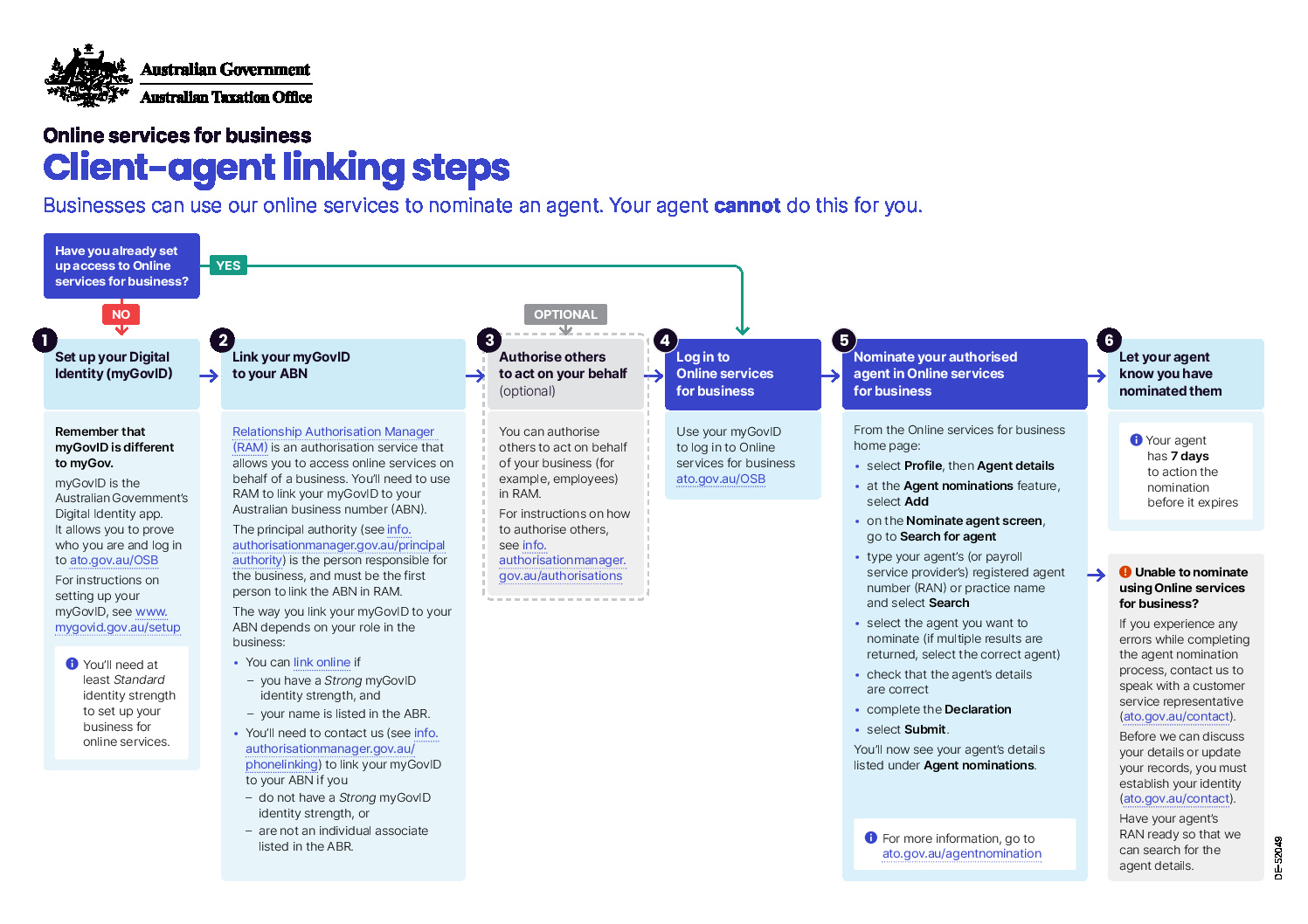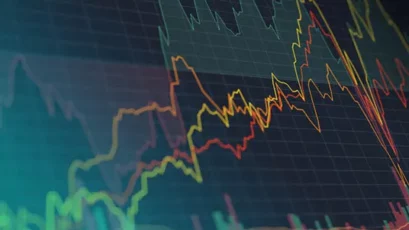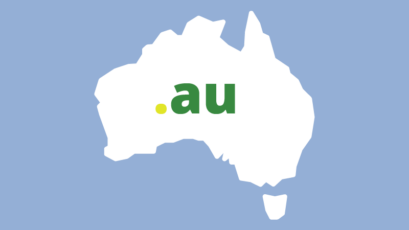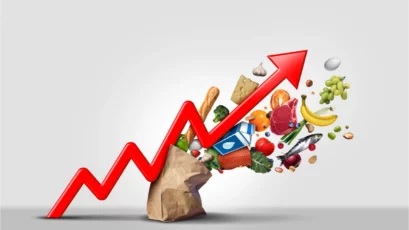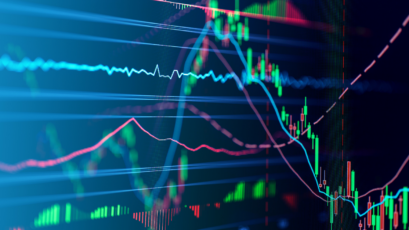Paul Xiradis is the Chief Investment Officer at Ausbil Investment Management Limited
In this commentary Paul talks about some of the themes arising from COVID-19 that we have previously touched on in recent notes and he expands on what the impact that these changes may have on the economy in the later half of 2020 and beyond.
Investment Outlook
Q: At the middle of 2020, where do we stand with COVID-19 from a macro viewpoint, and has your outlook changed?
It has been quite an incredible ride over the past few months. Back in March, we were looking into the unknown with a pandemic that was both unpredictable and dangerous. Incredibly, almost in unison, governments and central banks across the world’s markets scrambled together the biggest stimulus package in history, over 10% of world GDP in value. Until then, things seemed bleak, but after this wave of stimulus, focus turned to containment and recovery.
We felt that in the second half of this year there would be a recovery, we said this early. A few months on, we are experiencing a far better outcome than most expected. This is largely due to the decisive global stimulus that supported the world economy in hibernation, and the fact that this period of hibernation has been a lot shorter than expected. Australia and New Zealand, in particular, have tackled the virus a lot better than the rest of the world.
What began as panic, with people hoarding toilet paper, and people and companies alike hoarding cash, has seen cash balances across the board grow dramatically. When there has been any softening of the disastrous view, we have seen some of this cash put into action. It is only a matter of time before this pent-up demand is allowed to express itself in spending and investment as the Covid risks begin to subside.
Retail spending has been a lot stronger than anticipated. Activity in construction and trade activity was a lot stronger than expected. We are seeing e-commerce driving activity levels, allowing people to continue to operate, and as a result we saw sales move up, not down. Unemployment did not peak anywhere near, at this stage at least, what the market was anticipating. The JobKeeper stimulus package was under-subscribed by some $60 billion. Most commentators are readjusting their forecasts back to levels nowhere near as dire as first anticipated. I think this provides greater confirmation that we will see a recovery in the second half of this year, that the recession will be shallower to what most were anticipating, and will be shallower to what we were anticipating.
While COVID-19 re-infection risk remains high, developed markets are succeeding with lock-downs. In Australia, we have got COVID-19 relatively under control, and that has allowed the authorities to respond by opening the economy faster, further supporting our view that the economy will begin to recover in the second half of 2020.
In Victoria, locally acquired cases are sharply rising in Melbourne, and will see Stage 3 restrictions reinstated for 6 weeks until 19th August for Metropolitan Melbourne and the Shire of Mitchell, and the closing of the Victorian and NSW state border. The swift containment measures implemented by authorities is reassuring. At this stage, this will probably be a temporary drag on economic activity through the September quarter. Meanwhile, we expect the remaining Australian states to continue with their scheduled reopening dates, enabling activity to resume, which should help to cushion, to some degree, the impact on GDP growth. We continue to monitor this specific development closely as new information comes out but, at this stage, it does not change our current medium-term outlook on the expected ‘U-shaped’ economic recovery profile for Australia.
How COVID will change some sectors long term
Q: Do you think COVID-19 has changed many sectors for good?
What COVID-19 has done is fast-forward some of the super trends which were already emerging, some of which will now become a permanent way of life. The use of technology to run our lives on a day-to-day basis was forced on us by necessity, and now it could become the norm. Where there was reluctance by individuals to use electronic banking, through necessity everyone has moved to self-service banking. The same with goods and services, people had no choice but to use e-commerce as a way of conducting their lives and obtaining life’s staples. We also saw that in a lot of discretionary retailing as well. These trends were developing anyway, but the inescapable global experiment triggered by COVID-19 has proved that society can operate in lock-down, and a lot of this is down to technology. As a consequence of being shown another way, there is likely to be a high degree of permanency in these behavioural changes.
Another thing we learnt is that there are businesses that can thrive in such environments. A lot of retailers have realised that they can operate using e-channels for sales, and that they don’t need to have such a large bricks-and-mortar footprint. This has accelerated the trend giving retailers an upper-hand in negotiating with landlords, this was not the case ten years ago. The shift from bricks-and-mortar retail is not a fad, it is structural.
Australian technology sector
Q: Australia seems to have a burgeoning tech sector. How has this gone in the face of COVID-19?
Technology companies have outperformed during COVID-19 on the explosion in work-from-home demand, related entertainment, demand for home-based tech, and more fundamentally, in proving-up online sales and distribution for both essential and discretionary spending. People have increasingly learned to trust tech and online.
Under Covid, we have seen an acceleration in purchasing through online platforms. One beneficiary across these platforms has been Afterpay (ASX: APT), the buy-now-pay-later platform. Afterpay has grown dramatically, as reflected in its share price which has recovered almost eight times from its low point in March. People are now conducting their lives through online platforms and paying with it through services like Afterpay.
We have seen this in other technology stocks as well. Demand for data centres has grown dramatically. NextDC (ASX: NXT) is one of the groups that actually experienced upgrades in earnings during Covid, with the level of inquiry and demand growing significantly since the outbreak. Again, we believe the pull-forward of demand is not only structural, it is accelerating.
We are seeing that global leadership in tech now, and Covid has played its part in accelerating some of the super trends these firms are riding. In addition to Afterpay and NextDC, you have Appen (ASX: APX) who specialise in providing test data for machine learning and artificial intelligence, Altium (ASX: ALU) that develops design software, and Audinate (AD8) that leads the audio data transformation market. Atlassian (NASDAQ: TEAM) is another example of Australian tech leadership, though it is listed in the US.
These tech companies are familiar to us because we have nurtured many of these, researched them extensively, and invested in them when they were micro-cap and small-cap stocks. When they become bigger companies, we are fully aware of their performance and potential, and these companies now feature in our mid and large cap portfolios.
You can liken these tech leaders to the health care sector a few years ago. We have produced some incredibly strong global health care companies out of Australia, from Ramsay Health Care (ASX: RHC) to Sonic Healthcare (ASX: SHL), ResMed (ASX: RMD), CSL (ASX: CSL) and Cochlear (ASX: COH), these are all Australian-born companies and they are world beaters. The tech sector now seems to be following the same path.
Resources sector and COVID
Q: How are resources going with COVID-19, especially with the recent geopolitical tensions?
One of the things we have said from the beginning is that, globally, there has been an incredible response by governments in terms of fiscal stimulus. By contrast, if you go back to the GFC it was more about austerity than spending, and it was up to the monetary authorities to do the heavy lifting. This time around, we have seen both monetary and fiscal stimulus applied in concert with plans to bring forward activity and infrastructure projects. This is happening globally as a means of reigniting growth, in China, recently in Australia, and we are likely to see it in other parts of the world.
On the basis of fiscal stimulus and accelerated infrastructure spending, the outlook for resources, and particularly steelmaking resources, is pretty strong. Iron ore, the most important of these for Australia’s terms of trade, is seeing renewed demand as Covid-driven supply constraints shift demand to Australian ore. Companies like diversified miners, BHP (ASX: BHP) and Rio Tinto (ASX: RIO), and specialist iron ore miner, Fortescue Metals (ASX: FMG), are beneficiaries of this strong demand, as are the mining services companies contracted to help deliver this supply to world markets.
Electric vehicles (EVs) is another theme that is looking stronger. During the shutdown, traditional car manufacturers were retooling towards the production of electric vehicles, creating further demand for selective metals. The changing trend towards EVs will see increased demand for copper from companies like OZ Minerals (ASX: OZL), as well as nickel and lithium in the next 12-months.
Banking sector and COVID
Q: How are the banks faring, and how do you see them as we move through COVID-19?
If you are optimistic about Australian and New Zealand economic recovery, and we are, you have to be comfortable with the banks. The banks are most leveraged to an improving environment. We are seeing that already. Again, the dire expectations of three months ago, even two months ago, have improved markedly. Banks were provisioning for an economy with far higher unemployment levels than we have experienced, a deeper negative growth experience than has occurred, and a more elongated recovery than we are seeing at this juncture.
We believe that the depths of the downturn are not going to be anywhere near as bad as initially expected, and the recovery is not going to take as long as was expected. If this remains the case, it is a fantastic opportunity for investors to reweight back into the banks. We increased our exposure through the Covid sell-down, and we are now the most overweight we have been in banks for a number of years. This is on the basis that we think earnings will exceed expectations, bad and doubtful debts may not be nearly as bad as the market has been pricing, and if that is the case, they have strong balance sheets, and banks will return to paying an ongoing sustainable dividend, albeit at a lower payout ratio.
Most commentators were incredibly negative on banks, and most institutions were underweight the banks based on some pretty ordinary and dire forecasts in the market. All of a sudden, the banks have become a pretty attractive proposition, and the market is still underweight, so the setup is for the banks to trade up as we move into the second half of 2020.
More information
To read more market updates from Quill Group, you can do so on our blog here: Quill Group Blog – Financial Market Updates
If you have any questions regarding this update, please speak to your Relationship Manager.



